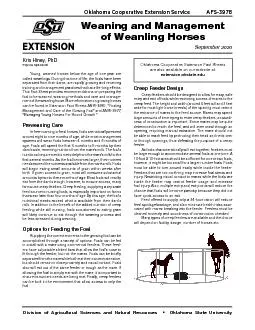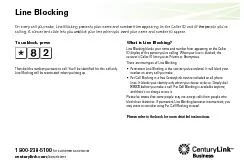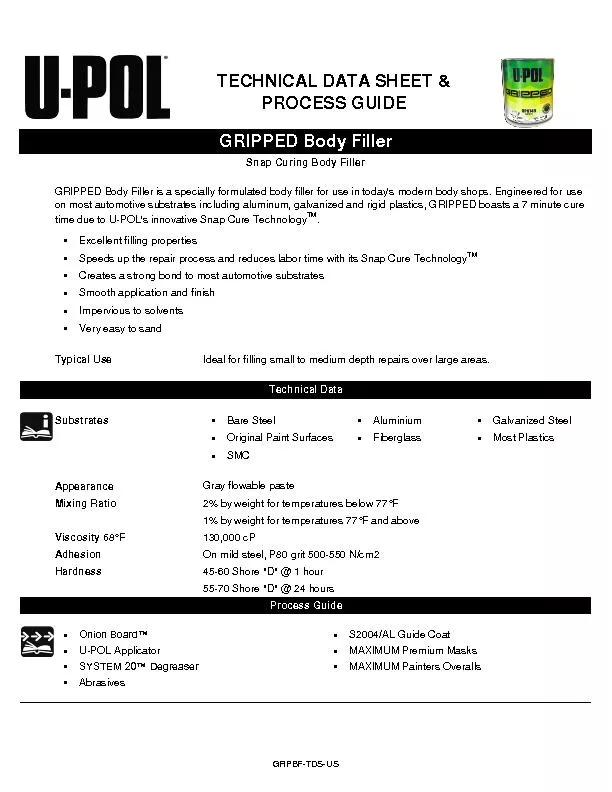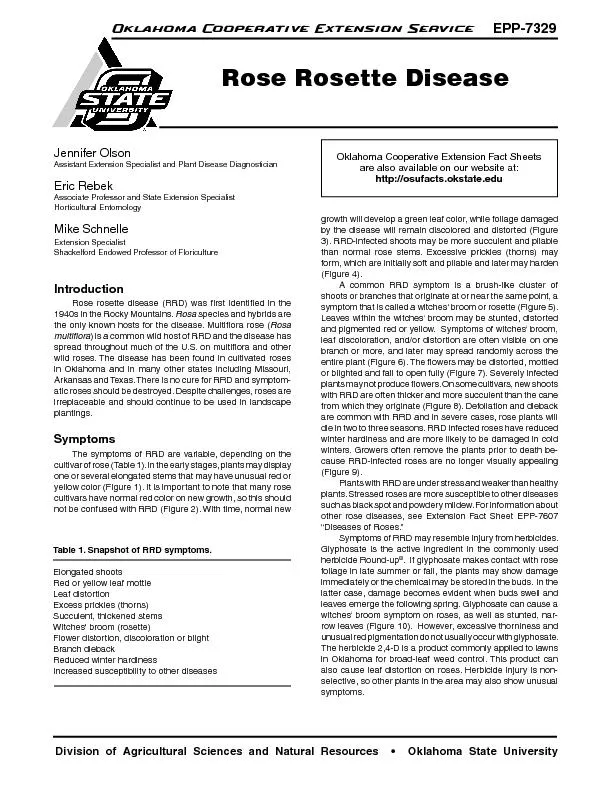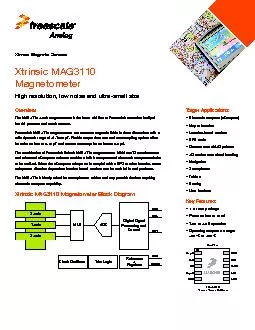PDF-Division of Agricultural Sciences and Natural Resources • Oklah
Author : alida-meadow | Published Date : 2015-12-05
ANSI3978 David W Freeman Oklahoma Cooperative Extension Equine Specialist Young weaned horses below the age of one year are called weanlings During this time of
Presentation Embed Code
Download Presentation
Download Presentation The PPT/PDF document "Division of Agricultural Sciences and Na..." is the property of its rightful owner. Permission is granted to download and print the materials on this website for personal, non-commercial use only, and to display it on your personal computer provided you do not modify the materials and that you retain all copyright notices contained in the materials. By downloading content from our website, you accept the terms of this agreement.
Division of Agricultural Sciences and Natural Resources • Oklah: Transcript
Download Rules Of Document
"Division of Agricultural Sciences and Natural Resources • Oklah"The content belongs to its owner. You may download and print it for personal use, without modification, and keep all copyright notices. By downloading, you agree to these terms.
Related Documents

